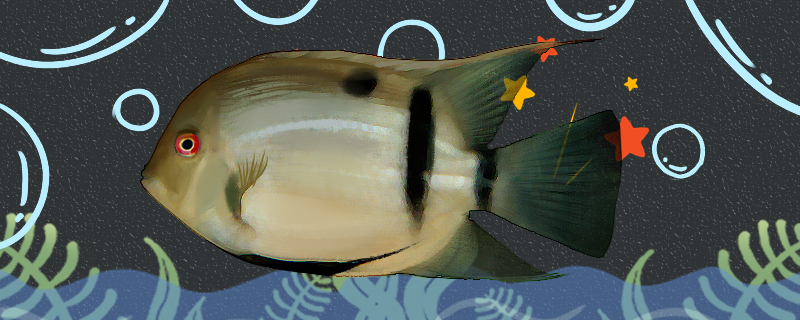
The golden second-line black cloud fish is more sensitive to the surrounding living environment before the fixed water period, but after the fixed water period, as long as they maintain good feeding and feeding habits, they are easier to raise. They have a mild personality and can live in harmony with other fish, so they are more suitable for polyculture with other mild fish of the same size.
the golden second-line black cloud fish 1. Water temperature: The golden second-line black cloud fish does not require high water temperature at all, because they can adapt to a wide range of water temperature, so in the process of raising, they only need to keep the water temperature between 23-29 degrees Celsius. In addition, you can also pay attention to the problem of temperature difference, especially when changing water.
2. Water quality: When raising them, it is important to provide them with suitable water quality conditions. Therefore, it is better to control the pH value of the water body between 6.5 and 7.0. In addition, the water needs to be changed frequently to keep the water body in a soft water state, and the hardness of the water body is preferably controlled between 5 and 11.
3. Feeding: In the juvenile period, they are omnivorous and partial carnivorous animals, and can be fed with red worms, nematodes, etc. Adult fish can be fed with artificial feed or active bait, and fruits and vegetables can also be fed.